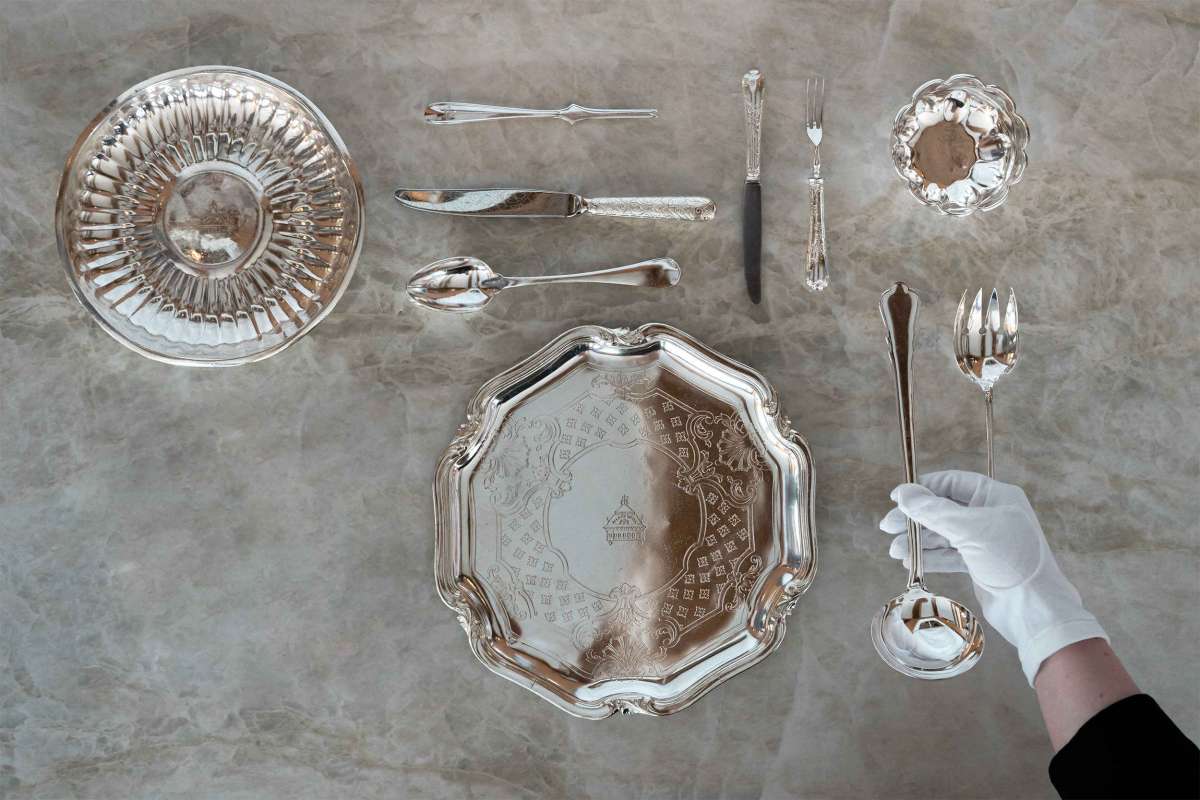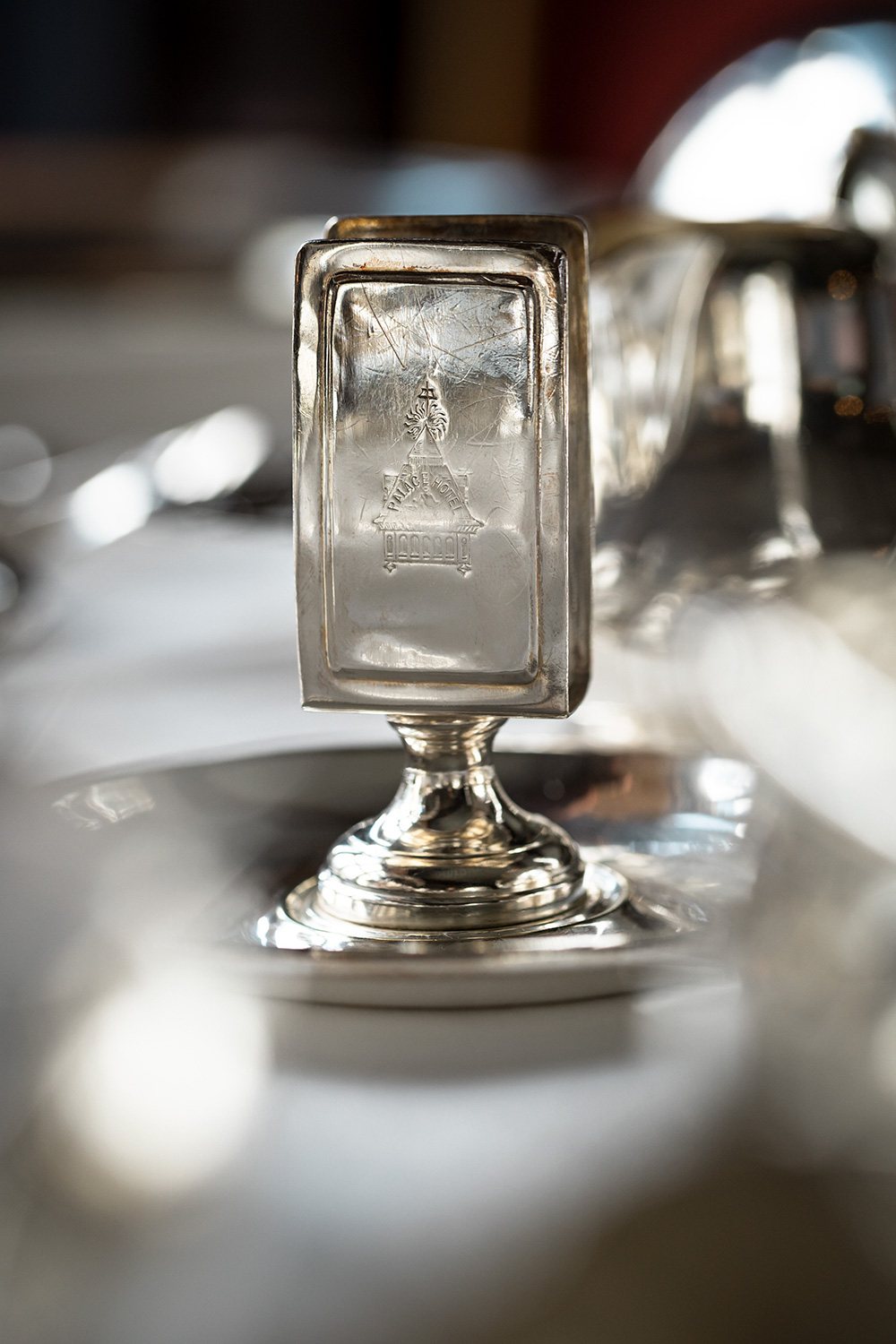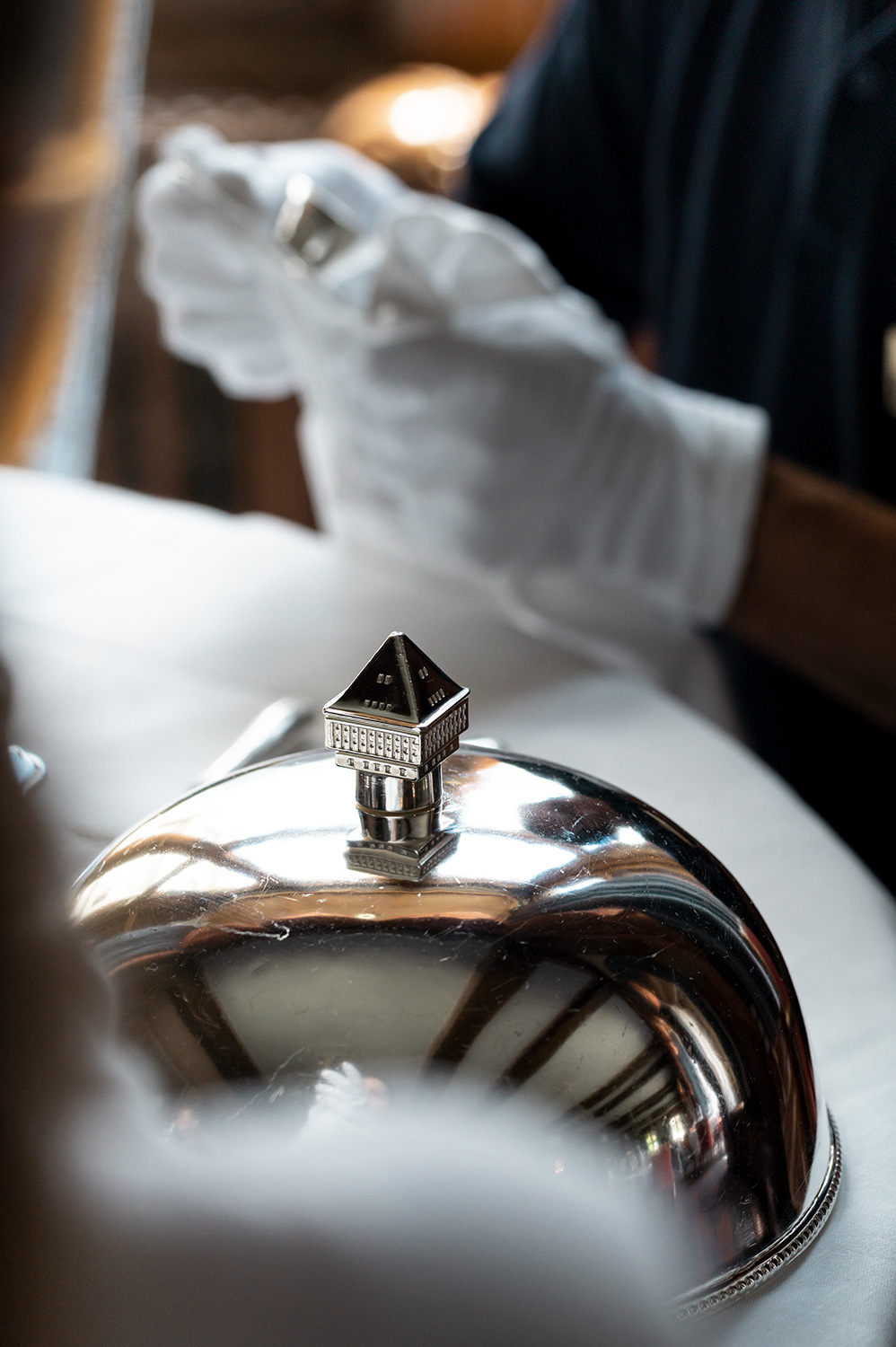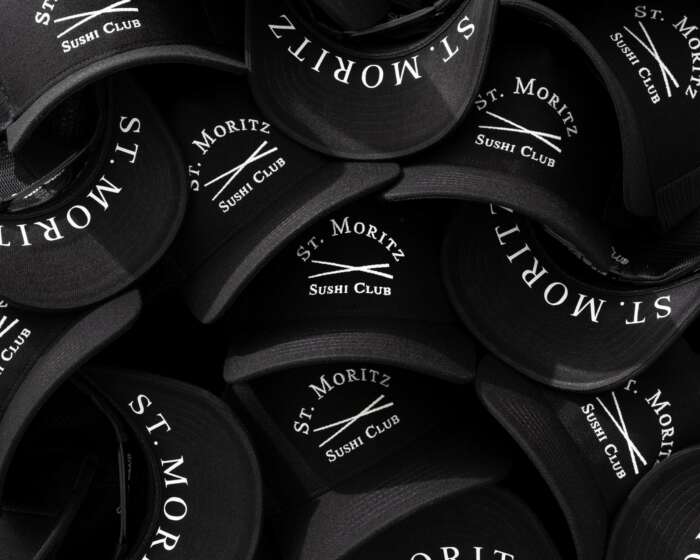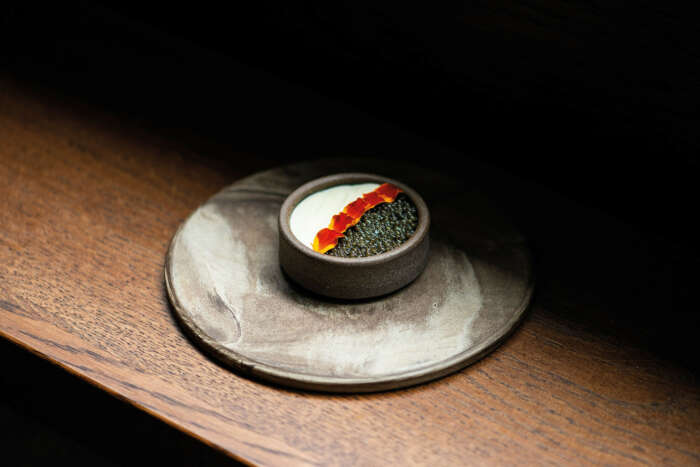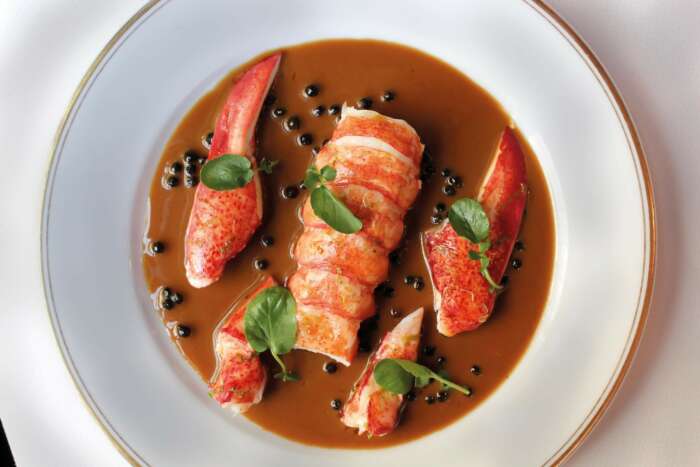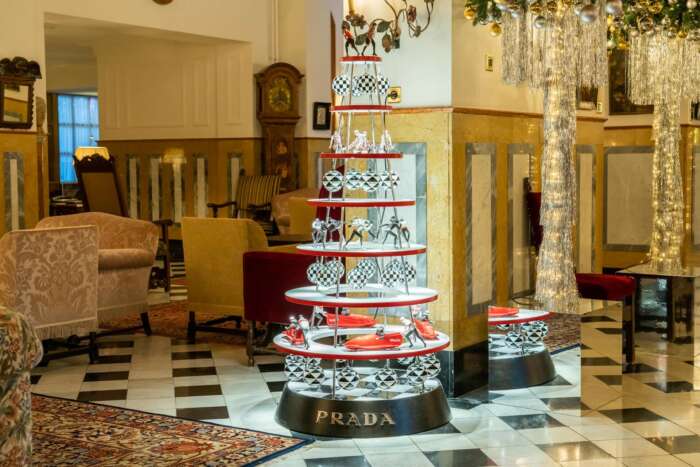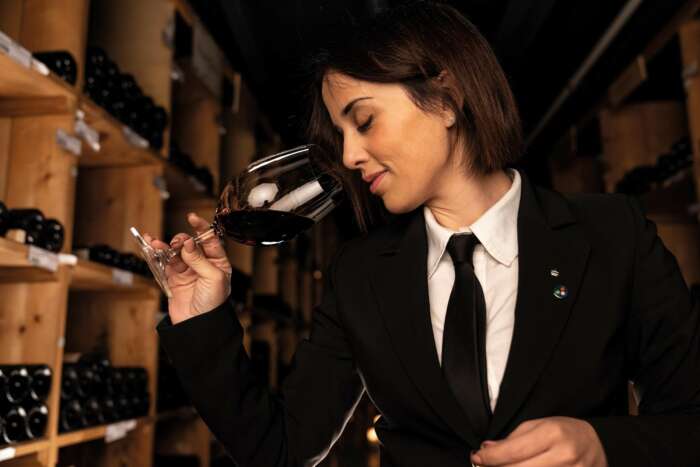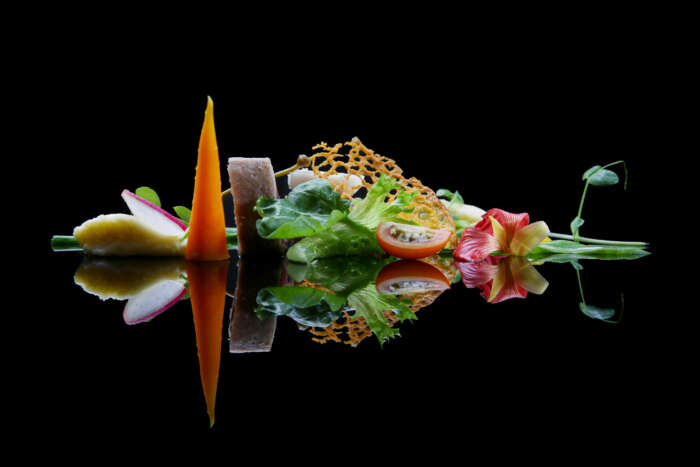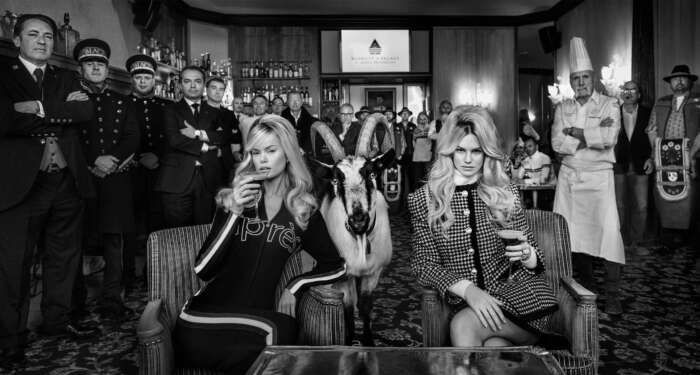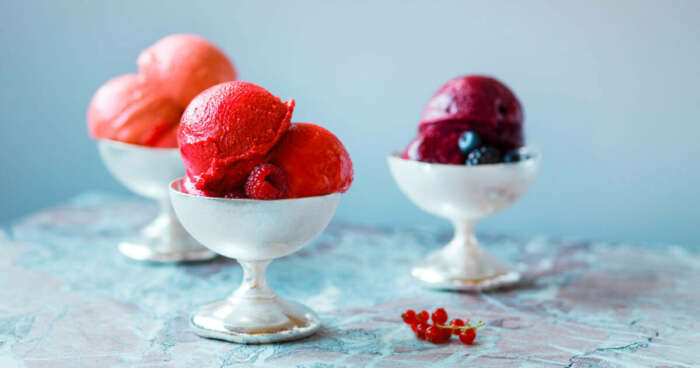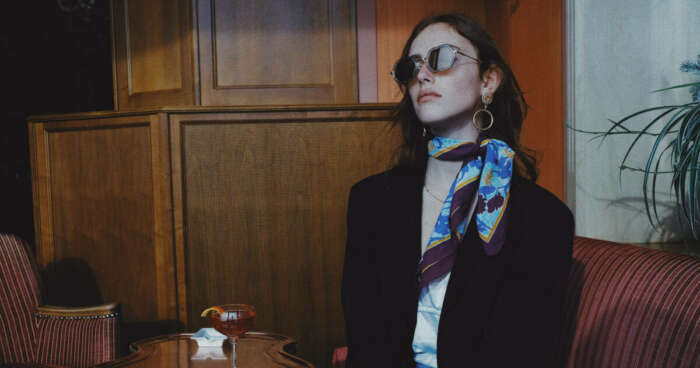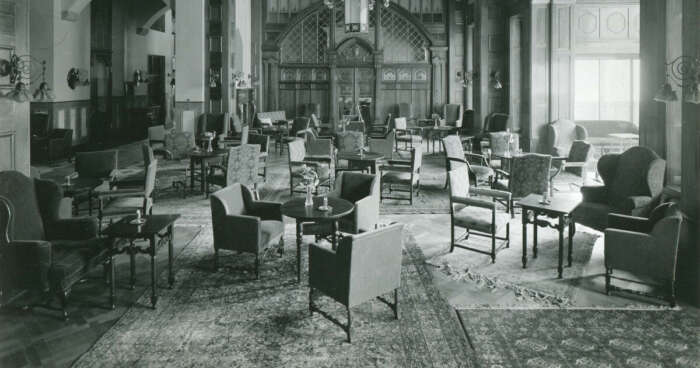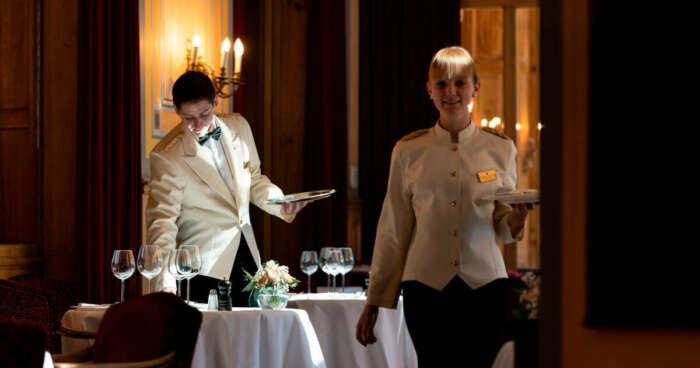From the raucous to the refined, Badrutt’s Palace Hotel is used to giving guests remarkable stories to recount. One unexpected way these narratives live on is through the historic cutlery you can find on the hotel’s dining tables.
The place settings at the Palace have been part of the hotel’s DNA since its inception in 1896. Just as the glamorous evening ritual remains reassuringly unchanged – guests, dressed in their finery, ride the elevator down to Le Grand Hall, sashaying along its marble walkway known as the ‘catwalk’ en route to Le Restaurant – the tables, too, are dressed to impress. With a list of former diners that includes everyone from Winston Churchill, Charlie Chaplin and Alfred Hitchcock to the Niarchos and Onassis families and Brigitte Bardot and Marlene Dietrich, one would expect nothing less.

Each piece of silverware, punched and engraved with the Palace’s logo, has its own story to tell … if you know where to look.
Director of Food & Beverage Gian Müller reveals the secret code of the 18,000-piece cutlery collection. “The engraved Palace logo of the Tower on each piece provides an indicator of when it was purchased, as the design has evolved over the years,” he says. The silverware from the earlier days is even engraved with its home location, for example III étage (third floor), R (restaurant), BE for bel étage (first floor). “This helped the handling and inventory of these precious utensils,” he adds.
Evelyne Lüthi-Graf is an art historian and archivist tasked with looking after the Palace archive, which is stored in the hotel’s basement. Here, among other treasures of historical significance, are samples of silverware from the hotel’s opening year to the present day. “For the last 120 years, the hotel’s logo – or cipher – has featured the most recent Tower,” she says. “Every generation has had a new design of the Tower logo created – for example, the first tower on the silverware portrays the radiant St. Moritz sun, and the most recent stylised tower logo dates to the year 2000. There have probably been six or seven different designs.”
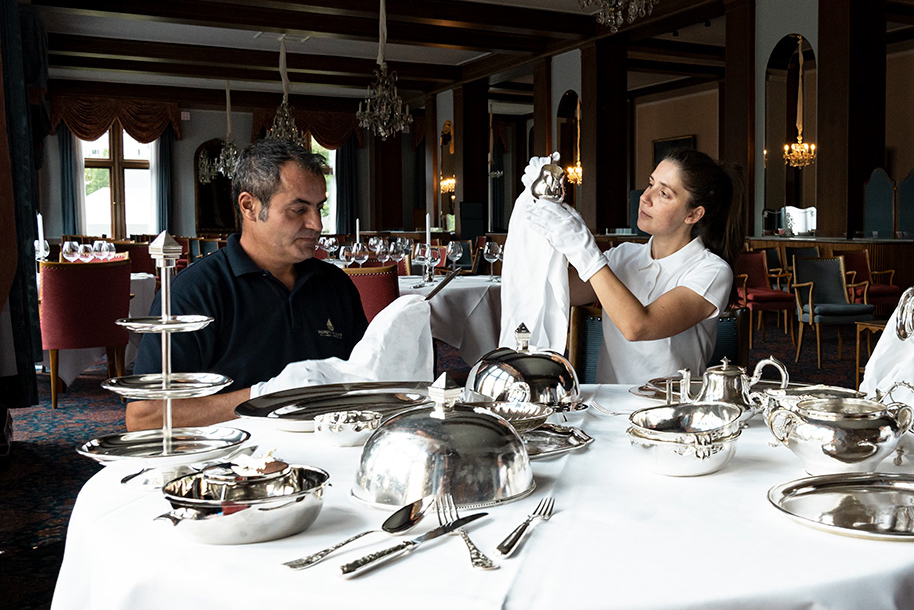
The location of the logo is also significant, namely whether it is on the front or back of the piece. “This is due to the setting,” explains Lüthi-Graf. “Before around 1930 the Palace tables were laid à la française, which meant the tines of the fork were facing down against the table, rather than à l’anglaise, where the tines face up. The older silverware is engraved with the logo on what we would now consider to be the back, so a guest could see it.”
The fashion for cutlery sets began relatively recently, “as wedding gifts, in the middle of the 19th century”, Lüthi-Graf explains. “It was initially made for the wealthy to enable them to move around with their silver – on holiday or to military camps, for example – but then more affordable materials were used such as silver metal and later stainless steel in the early 20th century,” she adds.
Knives did not appear alongside forks and spoons on British tables until Georgian times and, during the Industrial Revolution, the bourgeoisie began having entire cutlery sets made. At around this time, in 1842, the Parisian company Maison Christofle introduced electrolytic gilding and silver plating. It soon became an important supplier to luxury hotels such as the Palace, as did Ercuis, another French manufacturer.
But alongside these prestigious hotel cutlery sets came another, less palatable, trend – pilfering. “It became common for guests to take a coffee spoon home as a souvenir,” says Lüthi-Graf. “It was expensive for hotels, which needed to have a huge reserve of coffee spoons, and after the First World War many ceased using silver, turning to light silver plate or steel.”
Today, the hotel is proud to showcase its beautiful silverware. “It’s most prominently on display at Le Restaurant, where tables are set with Christofle cutlery and skilled head waiters do tableside preparations using unique silver utensils, such as the duck press or a silver carving stand,” explains Gian Müller. “And the hotel’s afternoon tea is presented on a delicate Ercuis silver stand.”
The preservation of the Palace’s precious silver cutlery has been possible thanks to the care lavished upon it over the decades. Today, a special team at the Palace is responsible for cleaning, polishing and storing the silverware. And, at the end of every season, dedicated staff spend up to three weeks treating the pieces with a silver polishing machine. Any damaged or broken cutlery that is found is sent to a specialist for repair. In the past, the polishing of the cutlery was far more labour intensive. Not only was it performed by the argentier (who looked after the cutlery full-time), but also legions of other staff all responsible for helping guard it against the tarnishing effects of oxidisation by certain foods, such as egg whites. In time, the hotel bought a silver cleaning machine – still in use today – that was installed next to the kitchen and supervised by a special employee called a brunisseur.
Everywhere you look in this legendary hotel, there’s a story to be told – even at your table.
